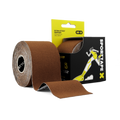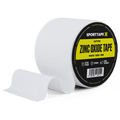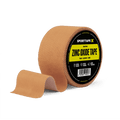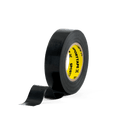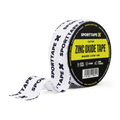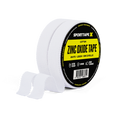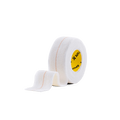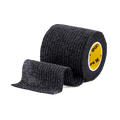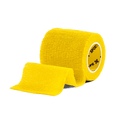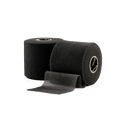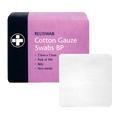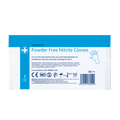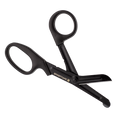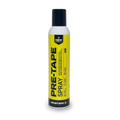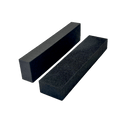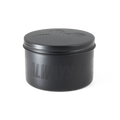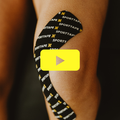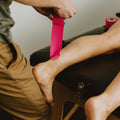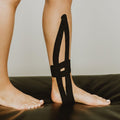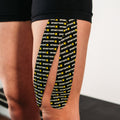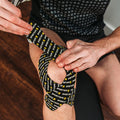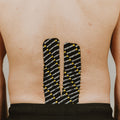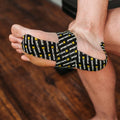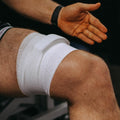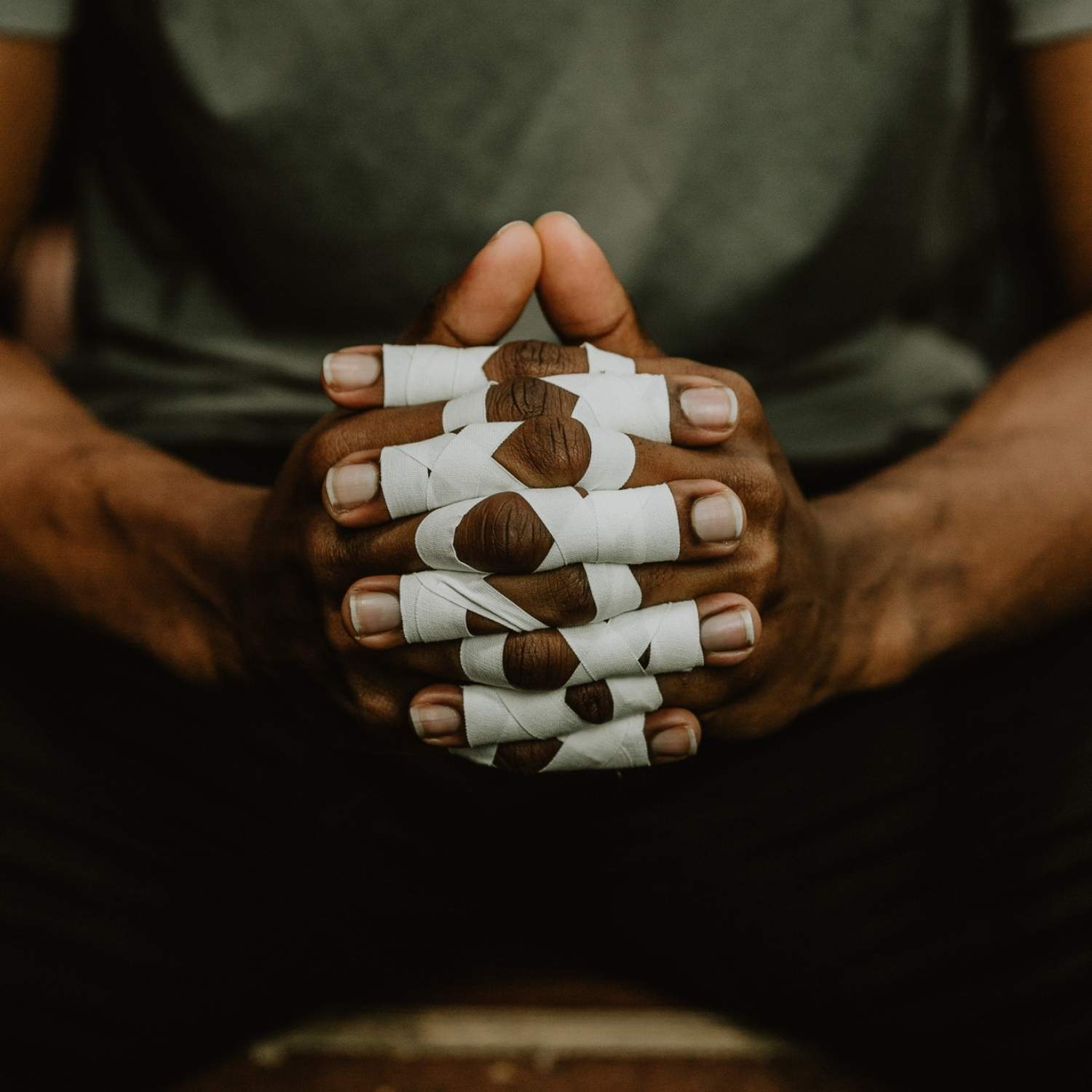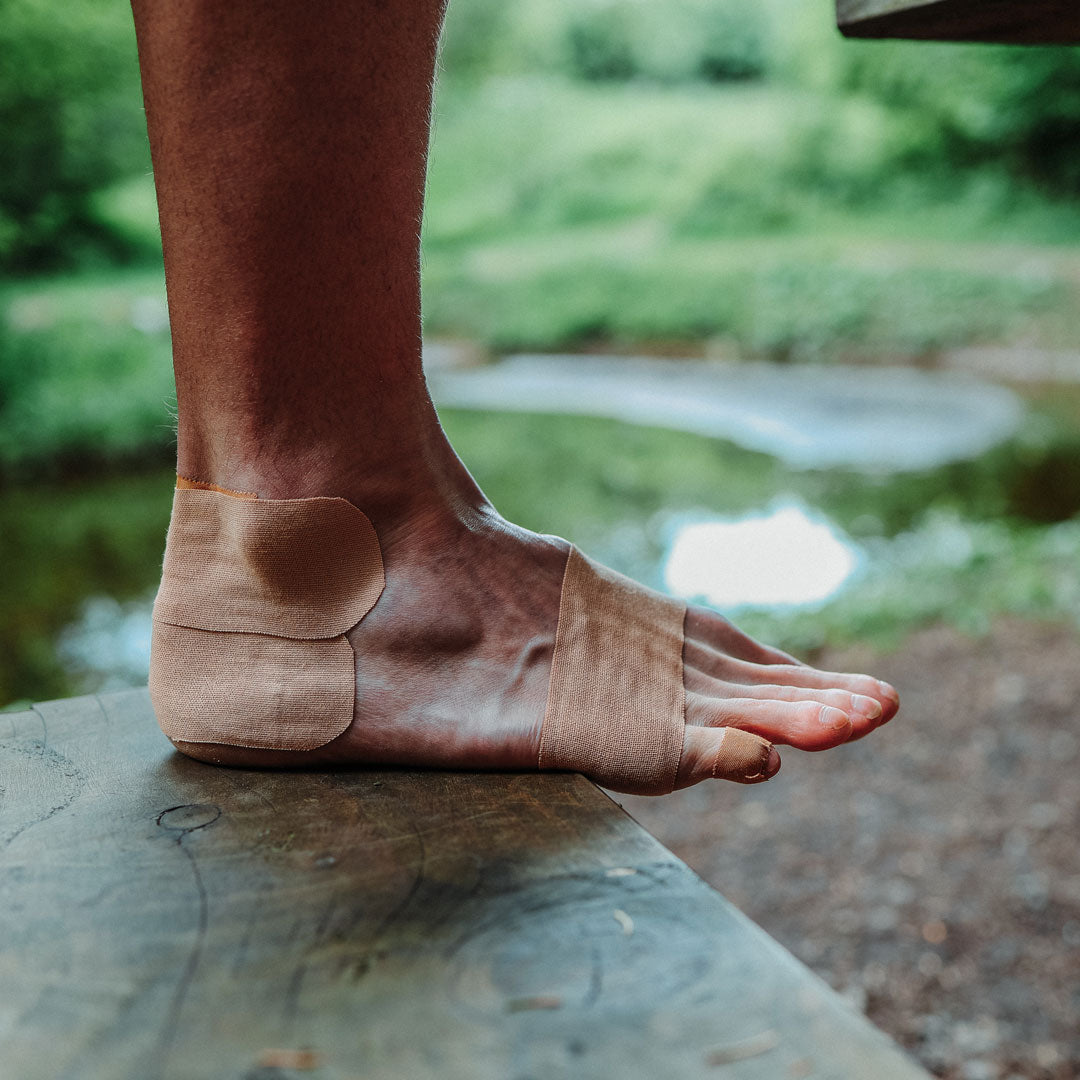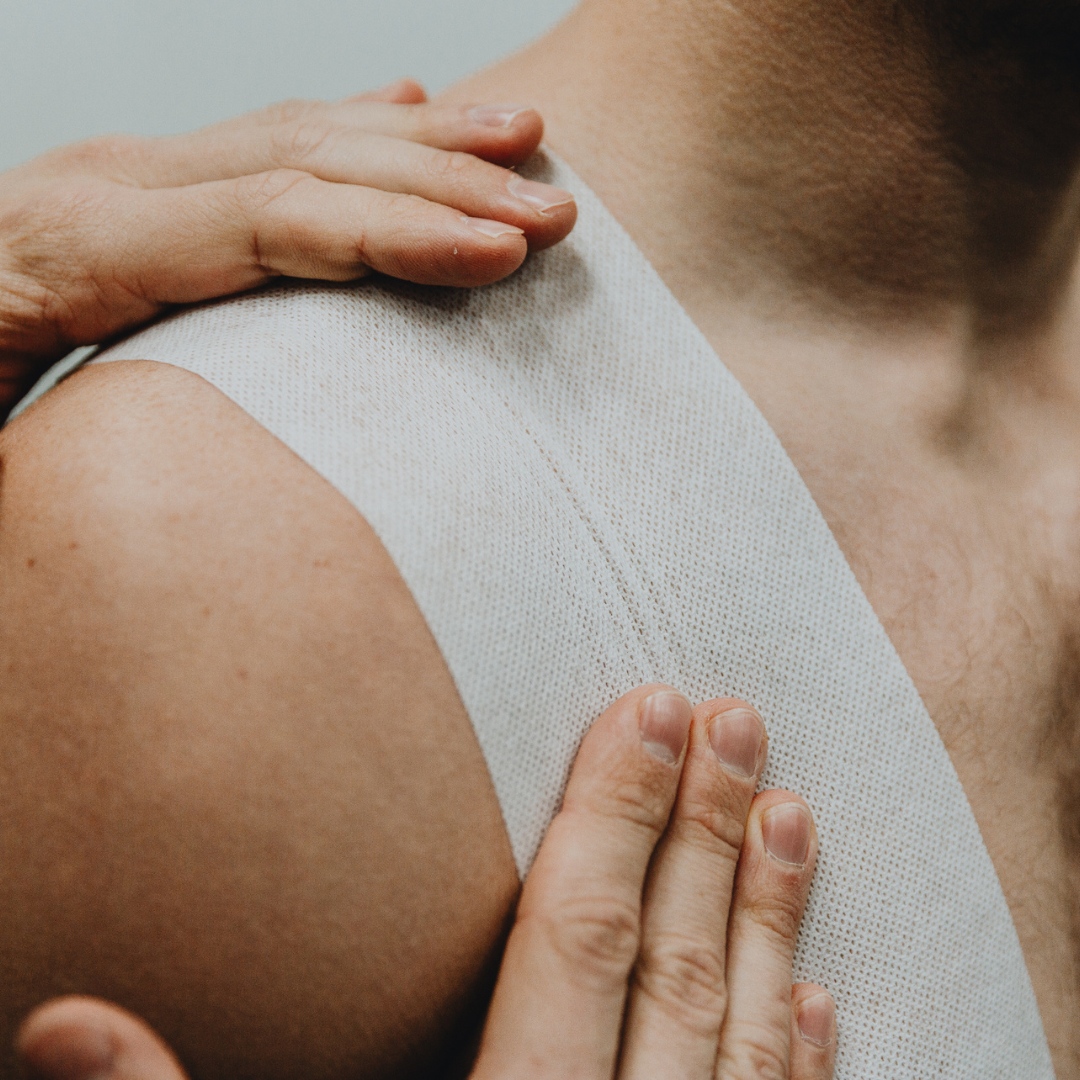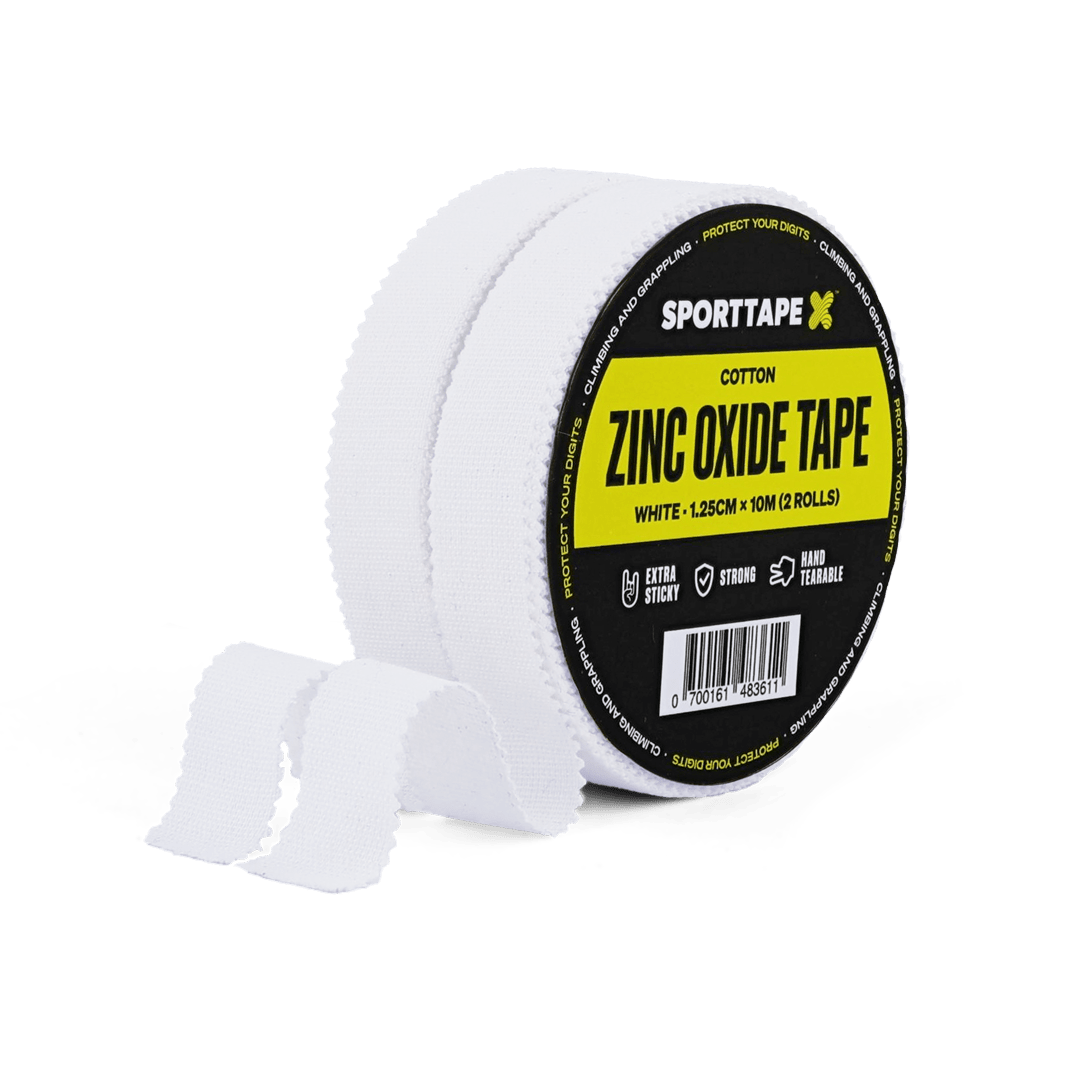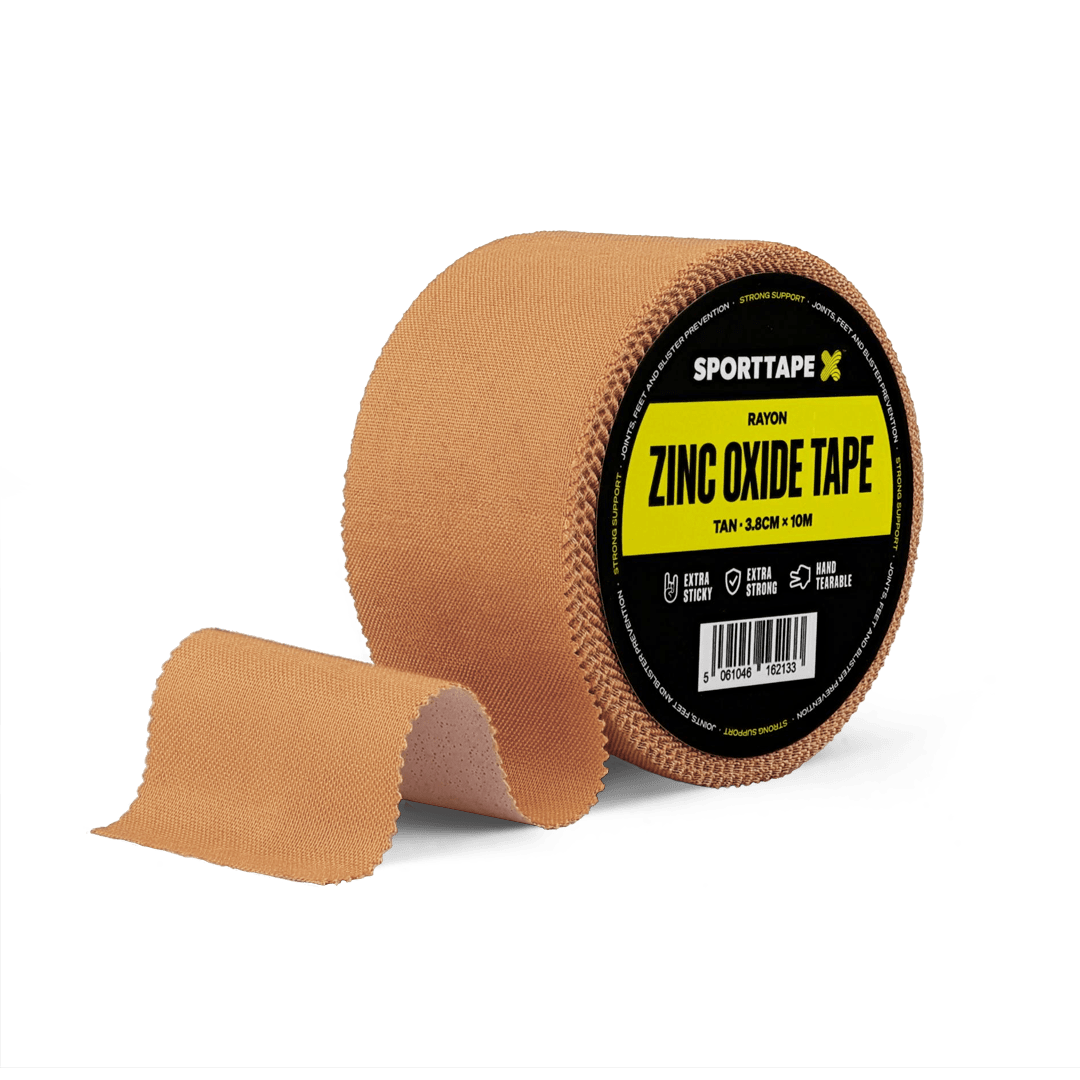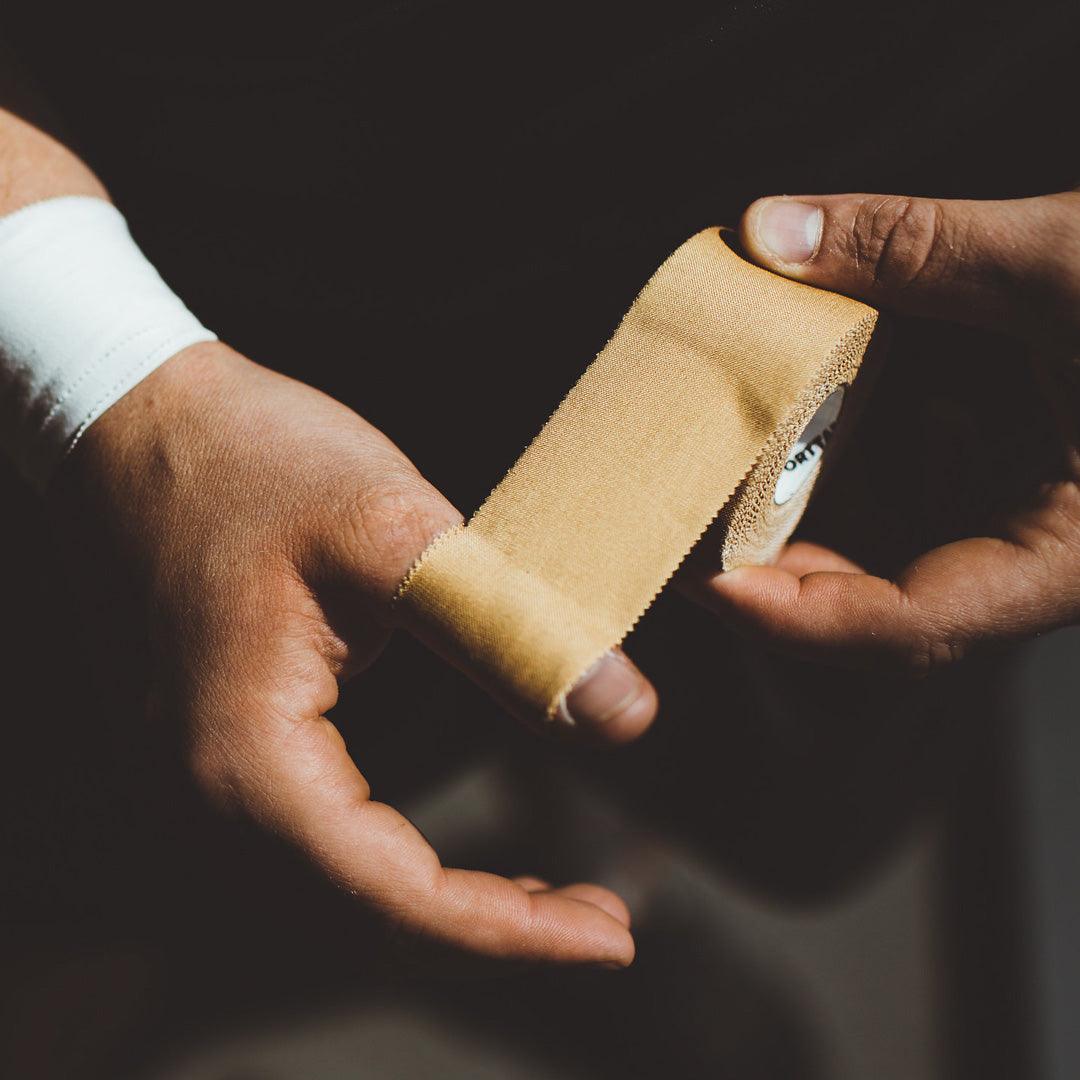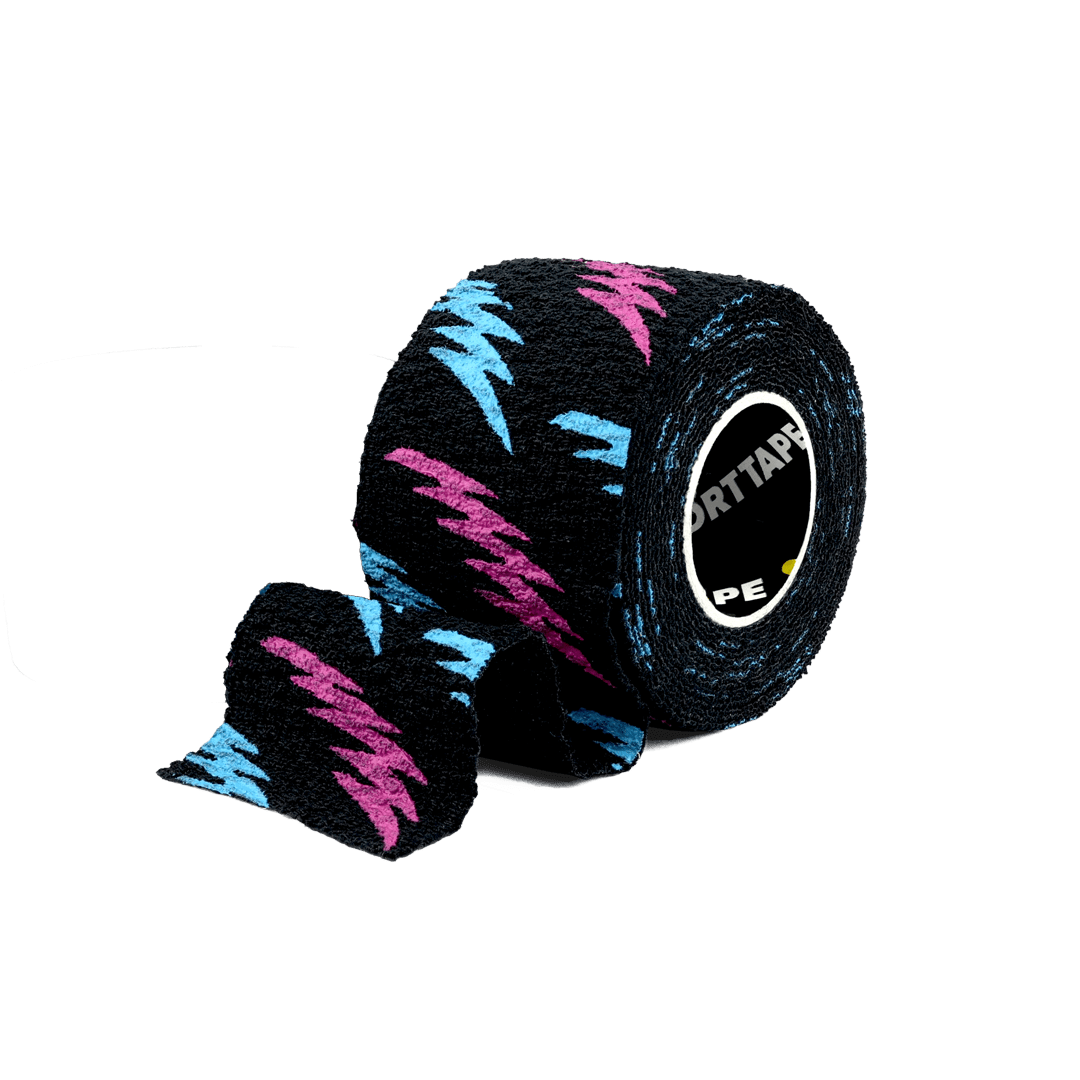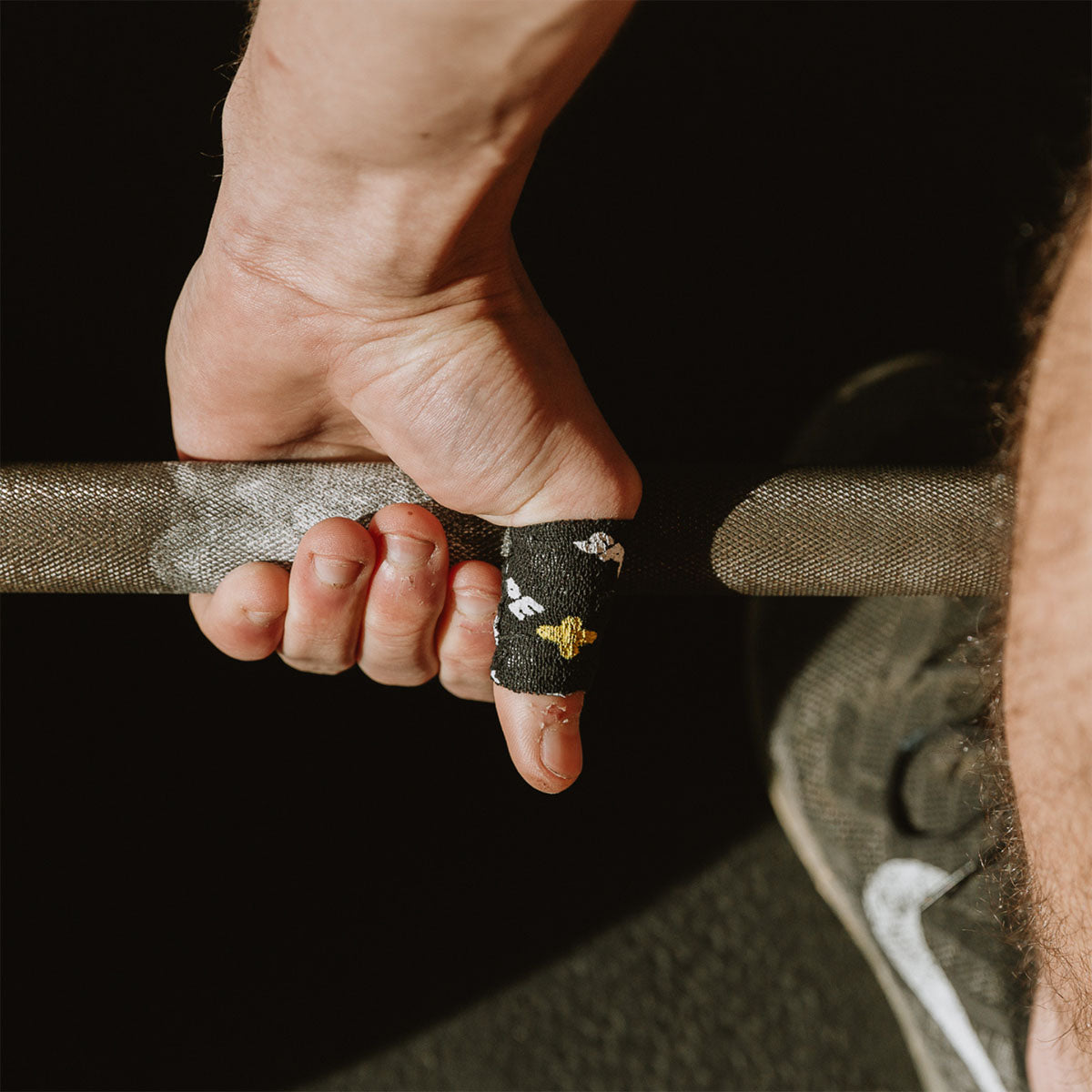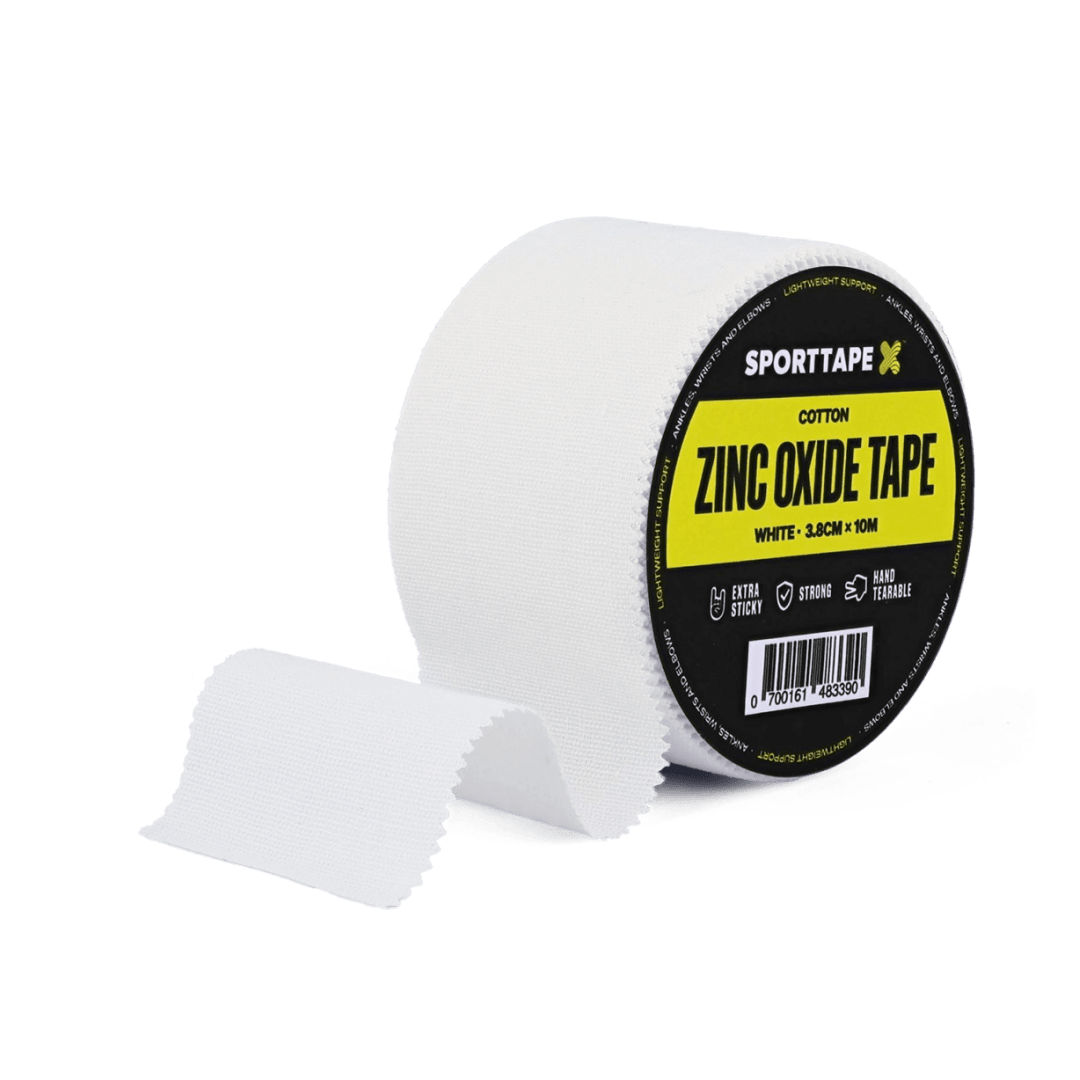Finger taping is seen as the secret sauce for grappling sports, climbing and martial arts. If you want a killer grip, or just want to keep an inured finger in check - tape it up! 💪
There are a few different tapes that you could use to tape up your digits, but the most popular by far is SPORTTAPE Finger Tape. It's been designed to specifically amp up performance and shield fingers from further damage. Simples.
This is our quick and easy to read guide on exactly how athletes use Finger Taping and a few simple applications to try...
HOW DO ATHLETES USE FINGER TAPING:
THE PURPOSE OF FINGER TAPING
Exactly like we mentioned, finger taping is seen as a must-know for athletes and fitness enthusiasts as it can provide some much-needed support and stability, whether you're grappling, catching a ball or summersaulting over a balance beam.
The fingers are such an easy thing to tape but it really can be your frontline defence against a lot of common injuries like sprains, dislocations, and even fractures. Not only that, but it's also a pretty effective aid for healing existing injuries by restricting movement and easing strain on affected joints and tendons.
Whether you're a pro athlete or a beginner, mastering finger taping can significantly boost your performance and protect your fingers from potential damage.
What tape will you need?
WHAT TAPE CAN YOU USE?
It goes without saying that the first choice for finger taping is...Finger Tape. Shocker!
Finger Tape is rigid (non-stretch). This just means that it's perfect for immobilising, restricting range of motion, and providing support for a ligament or muscle. This is why it's a BJJ fighter, or climber's go-to option. The best part? You can choose the size that best suits you. It comes in both a 1.25cm width and also 2.5cm.
If a rigid tape isn't for you, that's alright. Some athletes prefer a tape that still allows for a bit of stretch. Lucky for you, we have three other options.
Cohesive Bandage is a self-adhesive tape (it sticks to itself) and our 2.5cm rolls are perfect for wrapping your fingers. Thumb Tape, despite what the name suggests, can be used for all fingers. Weightlifters and golfers love to use to avoid getting blisters.
And finally, very occasionally, some people will use Kinesiology Tape. You're going to need to cut it up a little, but it can definitely be applied the same way you would use a regular Finger Tape.
Now that we've covered that, it's time to get into some popular finger taping applications!
X Taping
X Taping is by far the most popular finger taping application. This is the application that athletes use more commonly in combat sports (such as Brazilian Jiu Jitsu, Wrestling and MMA), and also in climbing.
This pretty basic technique can help to prevent excessive force being applied to the joints in the fingers when gripping and grappling. Using it shifts the strength focus from your fingers to your wrists and hands, boosting your grip strength.
You'll tend to use a Finger Tape here, but a well-cut Kinesiology Tape could be used too.
STEP 1
Rip a long strip of 1.25cm or 2.5cm Zinc Oxide Tape and wrap it 1-2 times around the finger that you want to tape, just beneath the knuckle.
STEP 2
Bring the tape up at an angle over the front knuckle joint line creating one half of an X. Wrap the tape 1-2 times around the upper knuckle, making sure not to tape over the real joint line as you still need to be able to bend the finger.
STEP 3
Come back down to where you started, again crossing the joint line to make a full X. Wrap it 1-2 more times around lower finger to lock it off.
You should be able to still bend the finger, but it should feel supported and the last couple of degrees locked off by the thickness of the tape. This'll force you into using more forearm strength when gripping rather than purely the fingers.
STEP 4
From there, repeat this technique on as many fingers as you need.
This application is incredibly important in martial arts if you are grappling on the mat. Your fingers will be prevented from being forced into rotation when trapped against the floor. This'll prevent injury and also allow you to roll, or flip, your opponent more easily.
Next up...
Buddy Taping
This one is aptly called Buddy Taping as you'll be taping one finger to another. It's simple, but unsurprisingly really effective.
By taping two fingers together, you stop the injured one from moving sideways, lowering the risk of sprains and breaks from 'jammed fingers.' This is an app that you could any of the four common finger tapes that we discussed earlier. However, again, you'll likely favour a normal Finger Tape.
STEP 1
To get started, rip 2 strips of Zinc Oxide Tape, about the same length as your finger. The best size for this application is a 2.5cm width.
STEP 2
Start taping on the bottom of the ‘good’ finger, then wrap around the ‘bad’ finger, splinting the two together.
STEP 3
Once again, repeat at the top of the finger to create 2 points of splinting. Your fingers should feel strong and well-supported.
Hook Grip
The easiest of the lot!
This application is targeted towards gym-goers, but and is typically used for thumbs, but can easily be applied to whatever fingers you like. All you need is some Thumb Tape and you're ready to go.
As well as protecting your fingers against the bar, it can also be used to stop ropes, or kettlebells from rubbing directly against the skin. You can use multiple layers for as much protection as you want.
STEP 1
Taping directly from the roll, stick the tape down to your thumb/finger and begin to wrap.
STEP 2
Wrap the thumb/finger 2-3 times to cover the entire area. Be careful not to restrict flexion too much.
STEP 3
Repeat the same process on any other fingers if needed. Then get lifting!
That’s it. X Taping, Buddy Taping and Hook Grip explained. Finger taping made easy.
By mastering the proper techniques, you can ensure that your fingers receive the necessary support and stability during strenuous activities. Whether you're aiming to prevent injuries or aid in recovery, finger taping is a simple yet effective measure that can make a significant difference.
Now get out there and win! And if you have any more questions for us about finger taping, drop us a line. We're happy to help!



